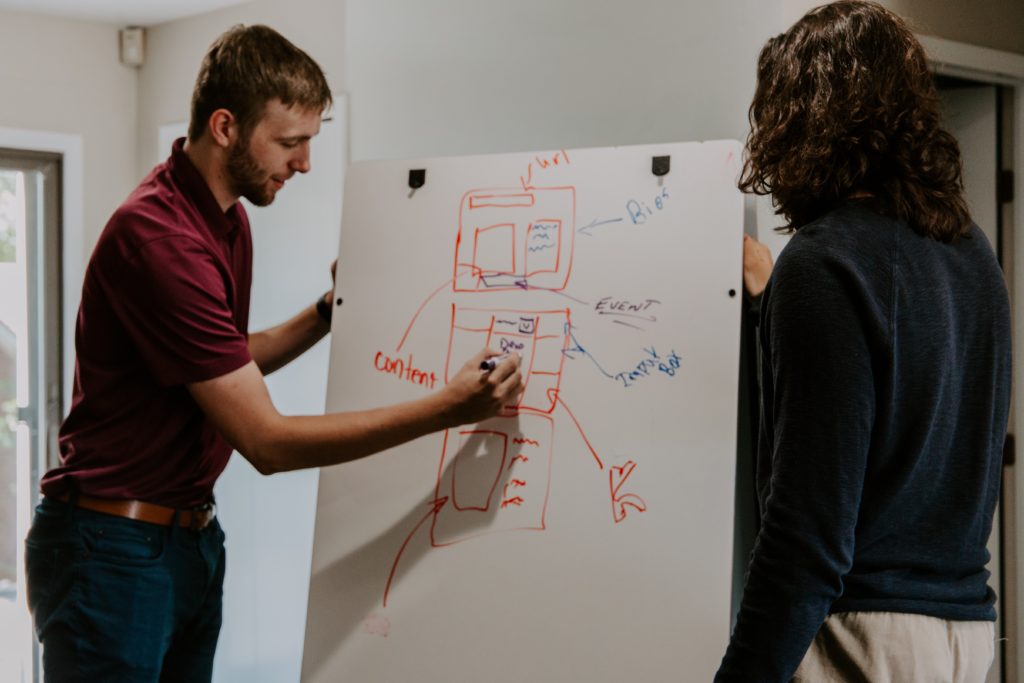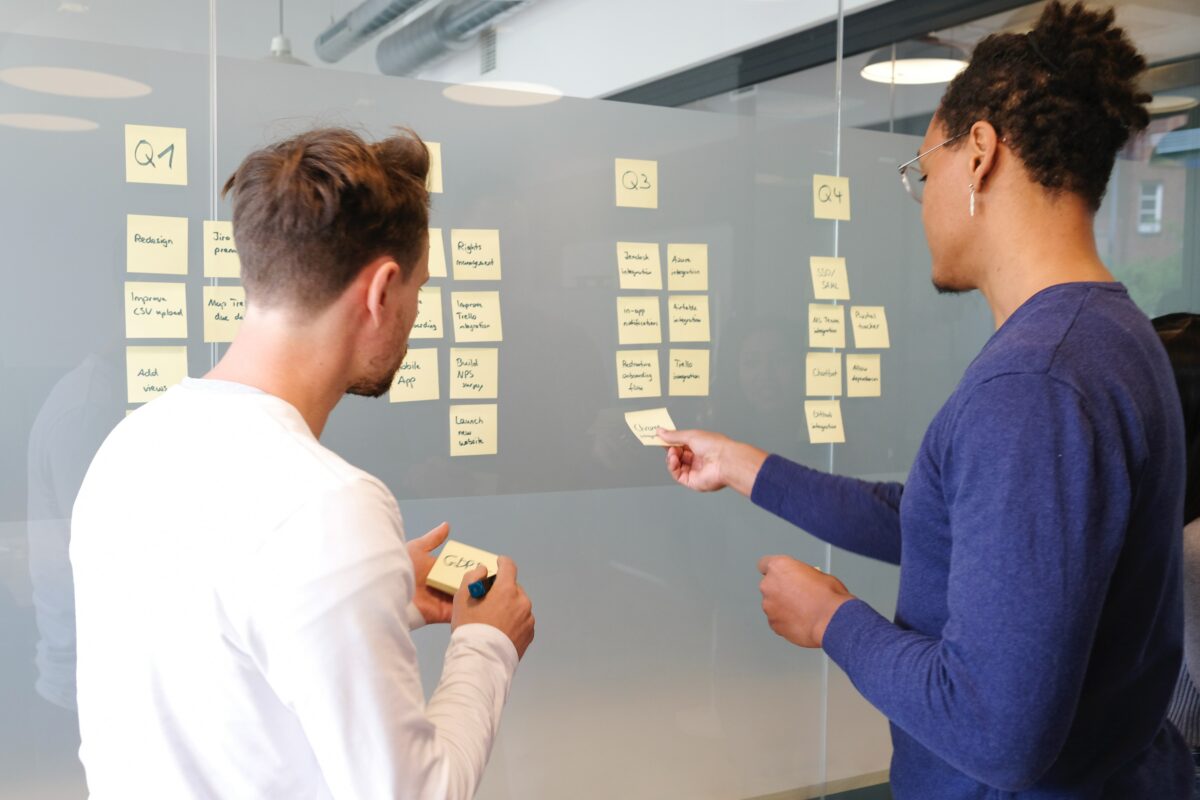Agility is about transforming to a new, more flexible, way of managing projects or product development. This updated approach reflects how businesses have changed over the years. Switching to agile methods can bring many benefits to your business, with faster project delivery, more motivated teams, and cost savings. Many business owners can speak with an agile consultancy about the best options for their business.
Post Contents
Updating Project Approaches
Agility developed out of the software industry but has been increasingly introduced across other sectors. Agile methods can benefit any large or complex project. They address the fact that businesses and projects are not static and rarely operate with fixed requirements. An Agile approach is more open to change – and more successful as a result.
Meeting Changing Requirements
Agile techniques introduce an iterative and incremental approach to projects. This works well with unclear or changing requirements and is much more reflective of real project scenarios than using a fixed initial set of requirements.
A series of iterations lead to repeated, usable results. As each iteration ends, the results will be reviewed and any necessary changes to project requirements will be made. This requires good buy-in from stakeholders, who need to remain engaged as the project progresses.

More Successful Projects and Faster Delivery
Agile has been around a long time, and plenty of organisations can cite the faster delivery and better meeting of requirements that agile transformation delivers.
Some research from consultancy McKinsey in 2020 looked at this in detail. This found that the operational performance of teams improved by 30% to 50% when using agile methods. Several factors contributed to this improvement – including speed of delivery, better meeting targets and more engaged teams.
More Productive Agile Teams
Keeping employees motivated, happy, and, of course, productive is important for all companies. This can be hard to measure. McKinsey looked at this in their 2020 Agile study, though, and showed that overall employee engagement improved by 20% to 30% when following Agile methods. Giving employees clear visions to work towards and empowering them through a more open management approach made the difference.
Keeping teams productive is even more important in today’s working environment, with significant numbers working remotely. Agile techniques work well here. Employees are more used to self-managing, and the focus on self-governance rather than traditional project management means less direct oversight of teams is needed or expected.
Frameworks such as Scrum also place a strong focus on communication and regular meetings. Keeping meetings succinct and focussed are vital attributes for a distributed working environment. Under traditional approaches, it is easy for team members to be “forgotten” and for project timescales and scope to drift as issues are not raised quickly.
Agile Project Recovery
Just as Agile techniques can benefit new projects and programmes, they can help struggling traditional projects recover through faster results, prioritised workloads, and more effective teams. Research from Standish Group shows that agile projects have a 60% greater chance of success.

In the current business environment, helping projects respond to change is more important than ever. The pandemic has brought plenty of change to project structure, budgets, requirements and team working patterns – and uncertainty continues.
Making Use of a Recognised Agile Framework
To fully realise Agile benefits and embed new approaches into teams approaches requires support. Several frameworks have been developed to help with this, and Scrum is amongst the most popular.
Scrum has been in use for over 25 years and is now widespread across many industries, with several adaptations available for different types of projects. It defines key roles and processes to handle the sequential iterations – known in the framework as Scrums.
There are other frameworks available that will suit some teams or projects. Kanban is one option. It has origins in manufacturing and is a highly visual approach focussed on transparency across teams. Dynamic Systems Development Method (DSDM) focuses on time and budget and is popular for software and technical projects. For teams that want a less formal approach, Crystal frameworks may be suitable.
Taking the Right Training
Whichever framework is chosen, its success will depend on all team members following the same approach. For those without prior Agile experience, agile training is important here. Even for those with Agile experience, further advanced training is useful to understand specific roles within Agile teams, or how to handle more complex projects.
Training beyond the implementation team is beneficial too. One of the challenges of Agile methods is their wider understanding of them and how they change project management and time and cost forecasting. Training stakeholders or other teams can help embed Agile in the organisation.
Sources:






























